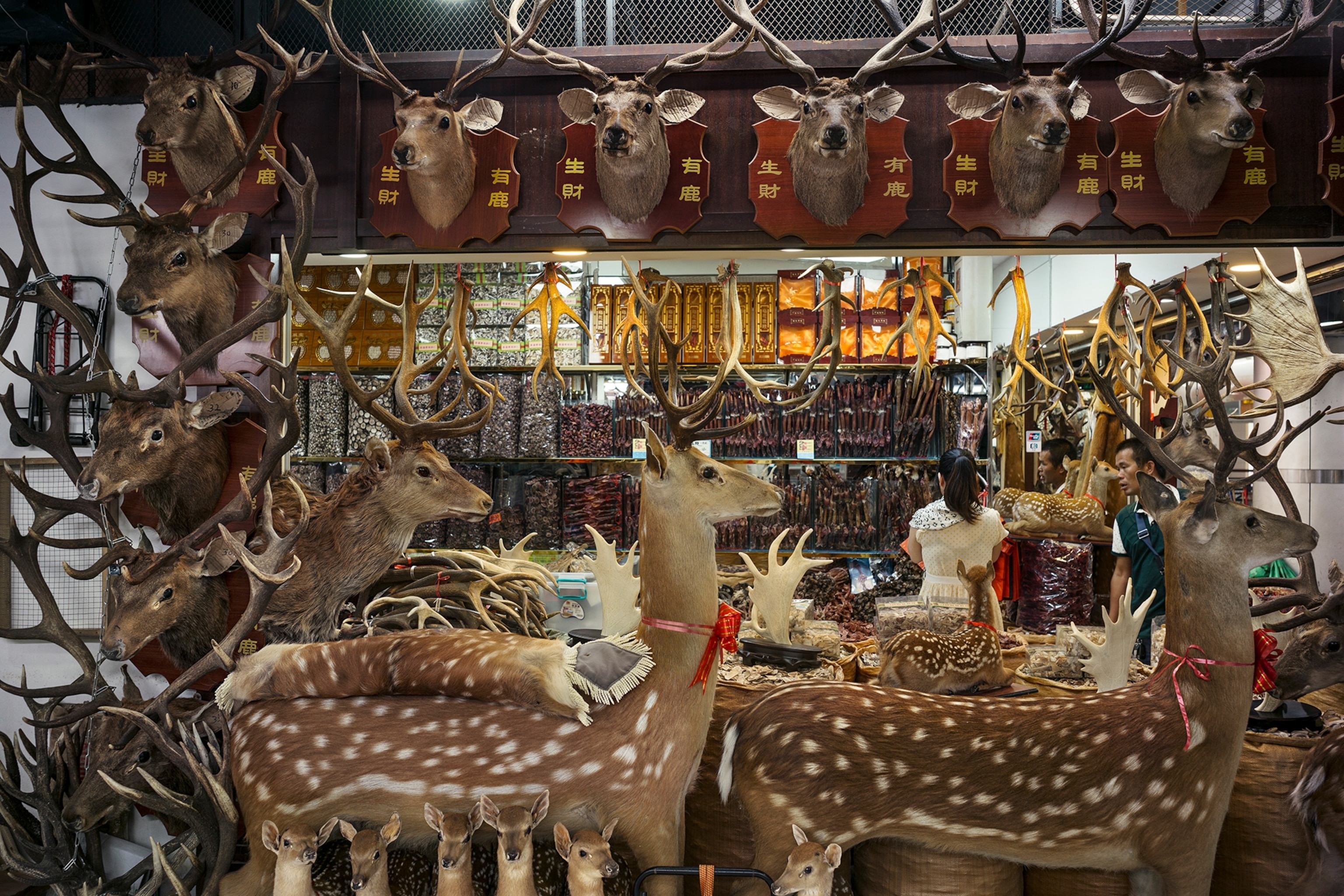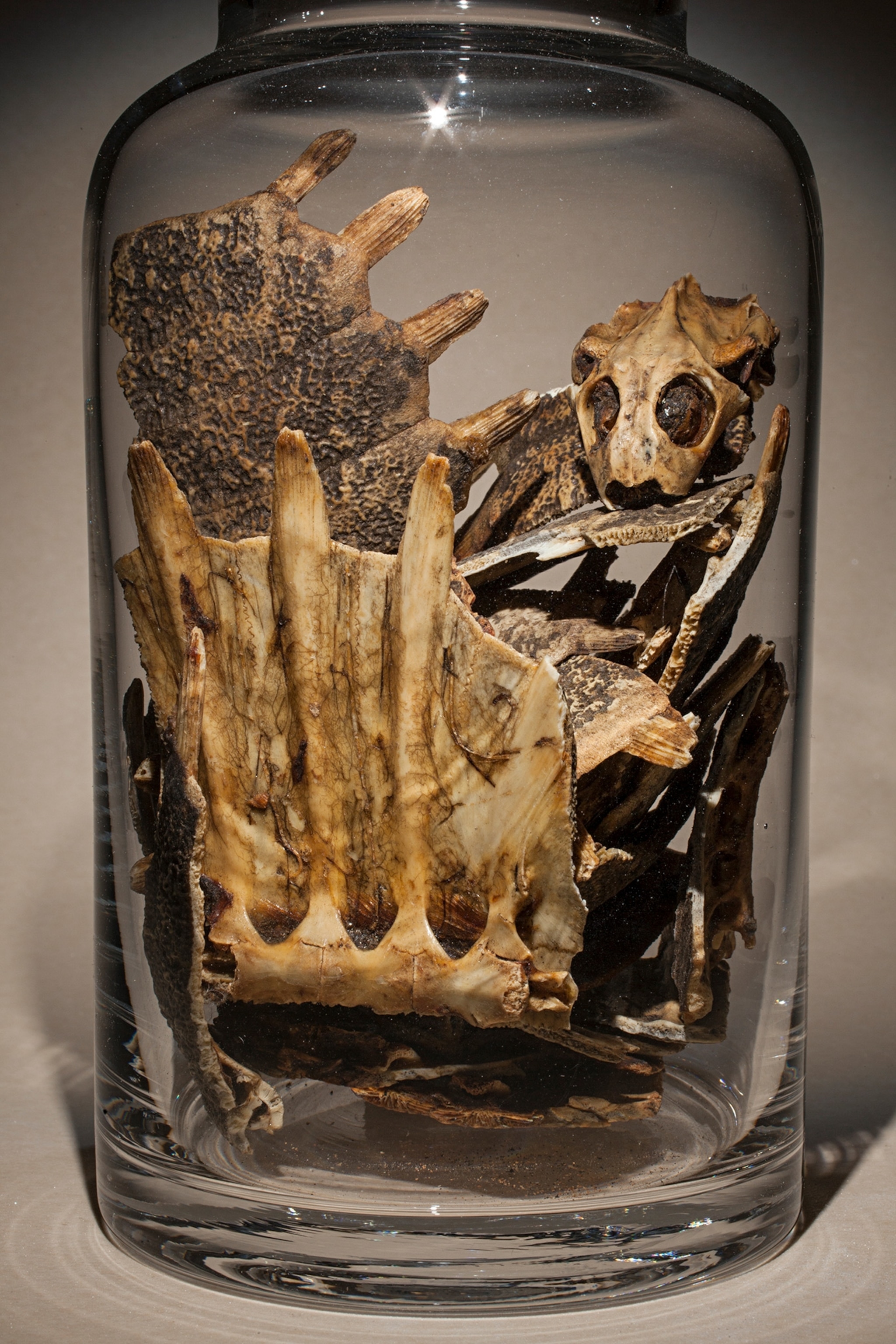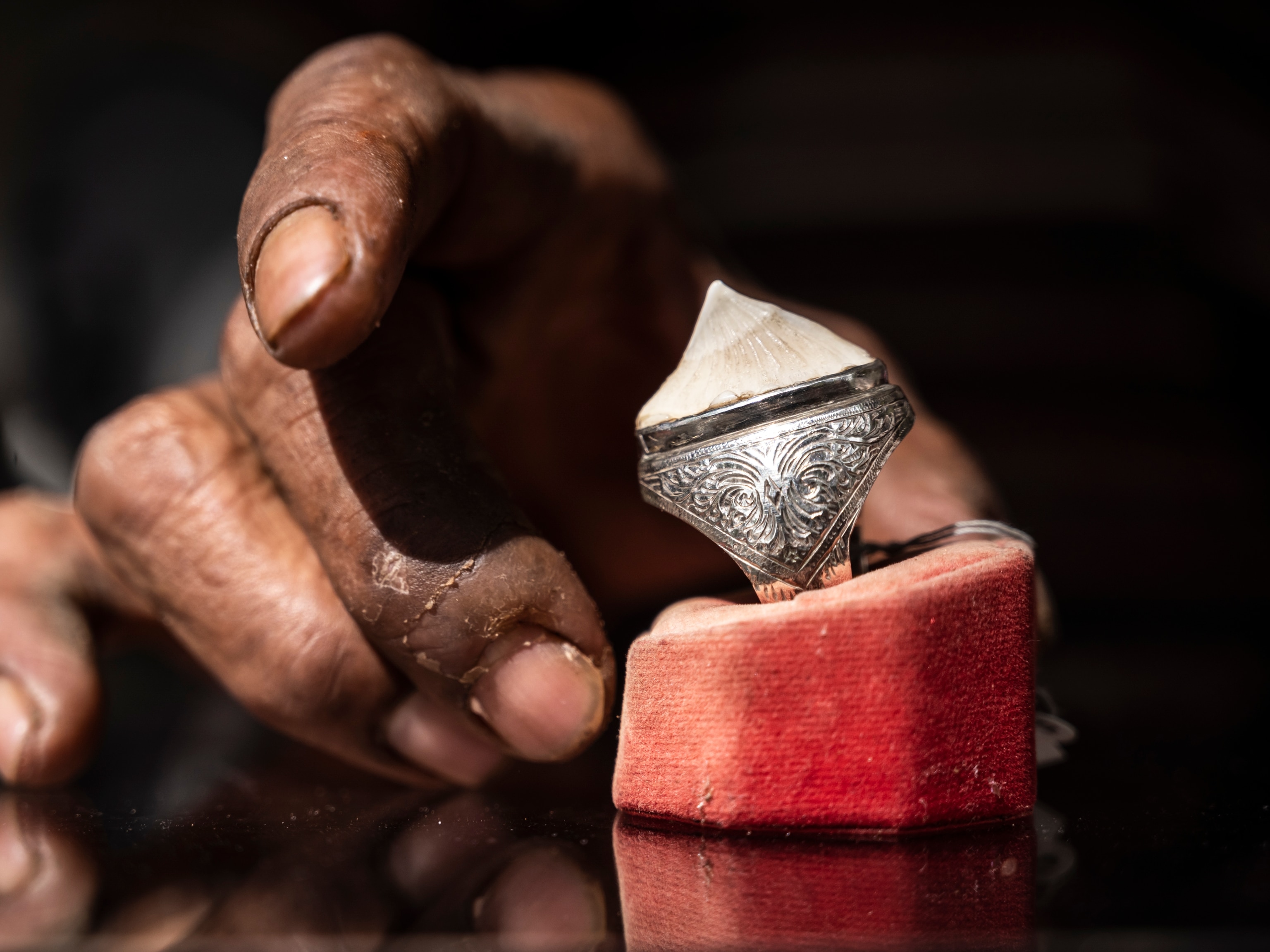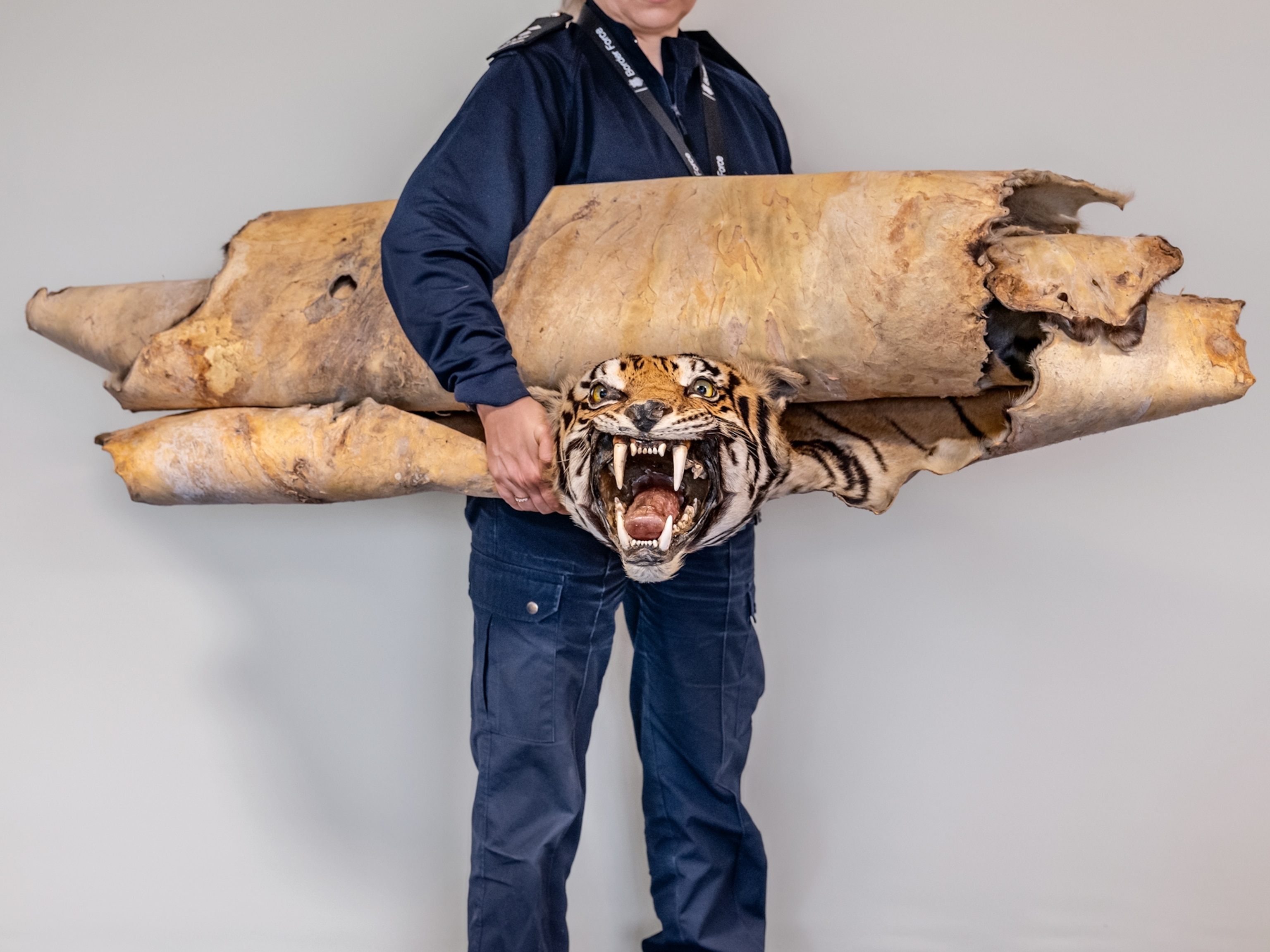Traditional Chinese medicine, often referred to as TCM, is a system of health care that dates back to the third century B.C. It grew out of the writings of ancient healers, who began recording their observations of the body, its functions, and its reactions to various therapies and treatments, including herbal remedies, massage, and acupuncture. For more than 2,000 years, generations of healers and scholars added to and refined the knowledge. The result is a canon of literature dealing with practically every sort of health issue—from the common cold to cancer, pregnancy to old age.
Though China has long embraced science-based medicine, TCM remains popular throughout the country and is often offered in hospitals and clinics alongside science-based medical treatments. TCM has also become popular beyond China’s borders and can now be found in more than 180 countries worldwide, according to some counts, and has an industry value of more than $60 billion a year.
Despite its long history and increasing popularity, TCM has been criticized by the medical community for lacking efficacy in many of its applications, by the conservation community for its use of substances derived from animals and its role in increasing the demand for species threatened by extinction.
Wildlife
Growing demand for TCM products has had devastating consequences for many species of wildlife. In some cases, poaching animals to use their body parts for traditional medicine is the primary reason why an animal faces a risk of extinction.
This is the case with pangolins, more than a million of which have been poached between 2000 and 2013. The small ant-eating creatures are in demand for their scales, which are ground up into powder or paste and are said to help with lactation, arthritis, and many other ailments. Also suffering major losses are rhinos and tigers, sought after for their horns and bones, which are believed to hold healing properties. However, there is scant scientific evidence that suggests those treatments are effective, though in some cases patients may see results because of the placebo effect.
Desire for TCM products has also led to poor treatment of animals in addition to their losses in the wild. Sun bears and Asiatic black bears are captured from forests or captive-bred so that traders can extract bile from their gallbladders. Bile is a yellowish liquid that has been scientifically proven help some liver conditions and other ailments. During the process, the bears are usually kept in tiny cages and live with a permanent catheter, to drain the bile, that can rust or otherwise degrade.
Reducing the use
In response to the poaching crisis, countries have banned the killing and capture of many animals used in traditional medicine, and a global wildlife treaty called CITES has barred or restricted commercial trade in some of these animals and their parts. Poaching has continued despite these regulations, however, and wildlife trading—for TCM and other uses—has become a dangerous and sophisticated black market worth billions of dollars a year.
Many in the TCM community have tried to dissuade the uses of animal-based remedies. In 1993 rhino horn and tiger bone were removed from the traditional Chinese pharmacopoeia, and in 2010 the World Federation of Chinese Medical Societies released a statement urging members not to use tiger bone or any other parts from endangered species. In addition, many reputable TCM practitioners now prescribe substitutes for animal-based remedies, although some shops and restaurants still market products derived from animals.
Businesspeople in China and other Asian countries have also started government-sanctioned bear and tiger farms as a way to prevent poaching of them in the wild. But farming has proven an inadequate solution: evidence has shown that many of the animals on these “farms” are captured from the wild, treated inhumanely, and are often killed to supply the black market for animal body parts.
To learn more about how ancient remedies are changing modern medicine, check out this story in National Geographic's January 2019 issue.









